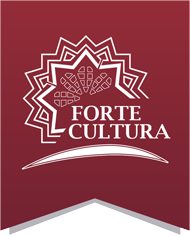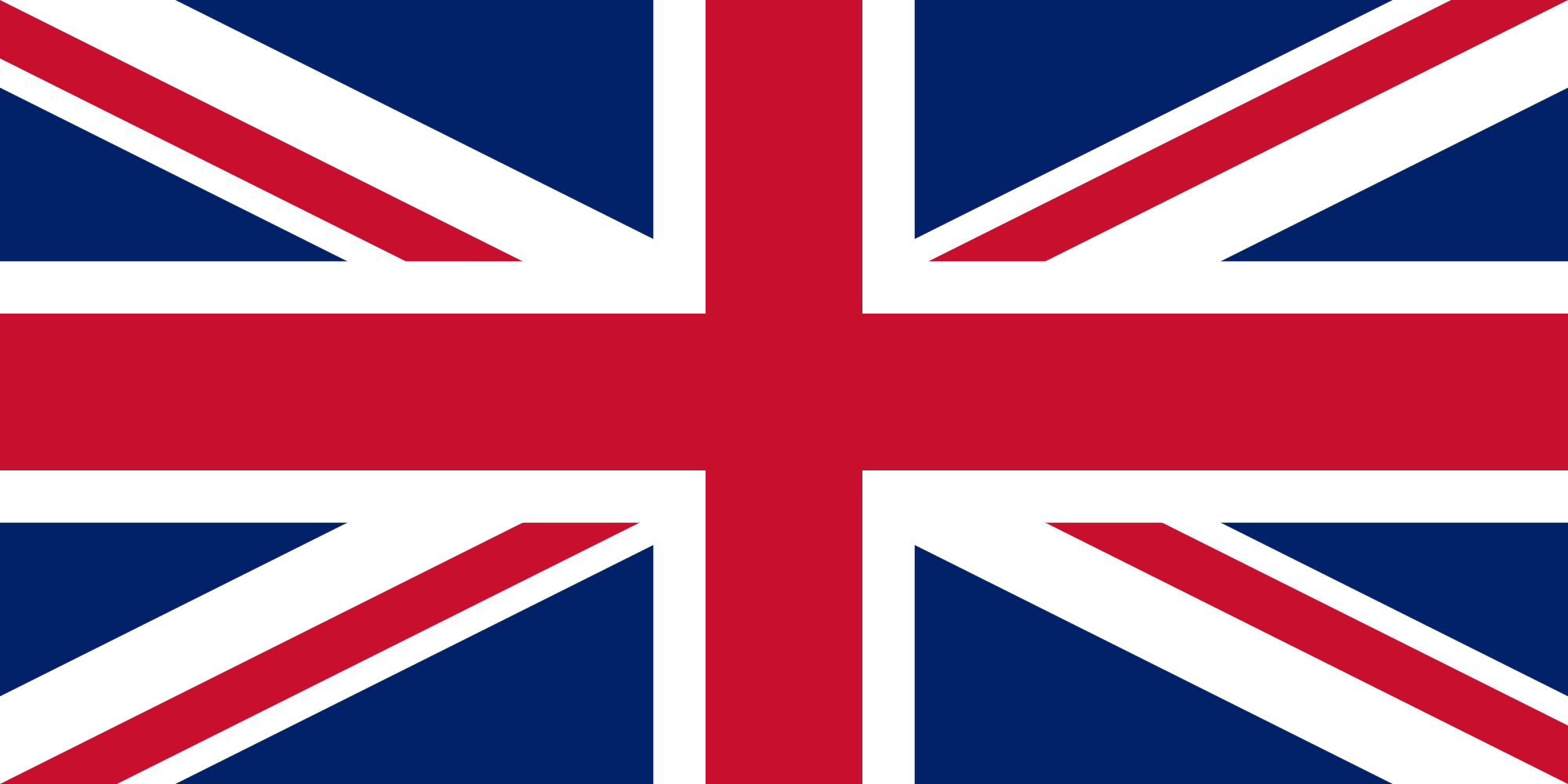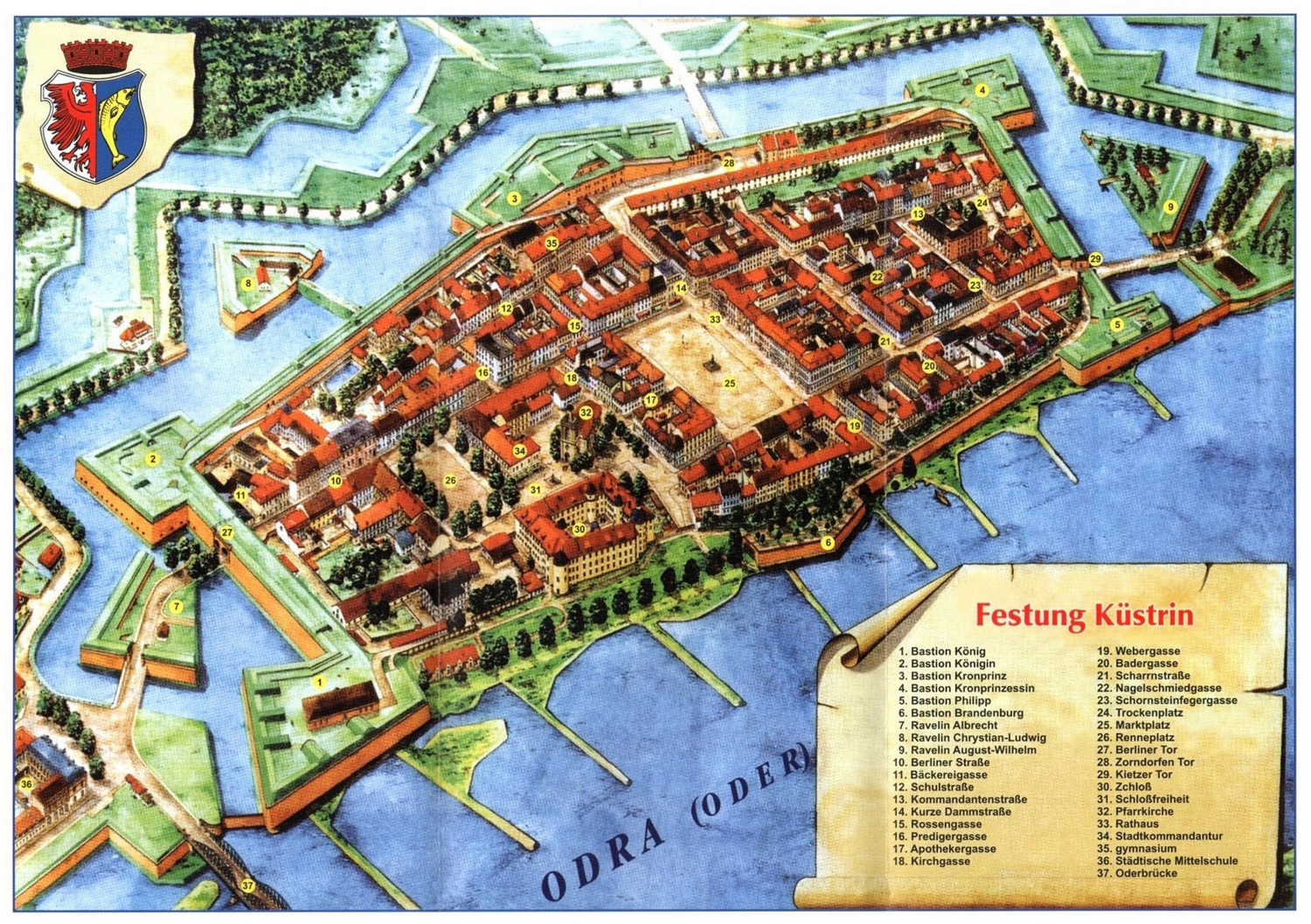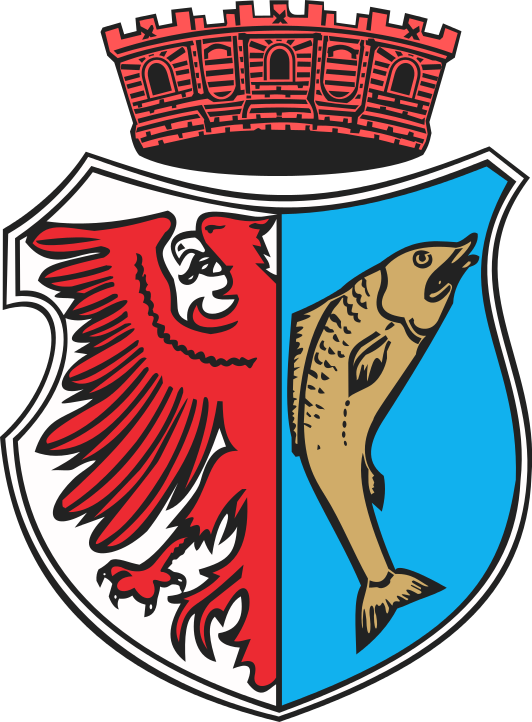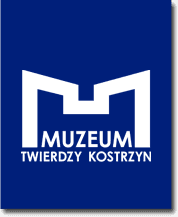Contact
Graniczna 1
Phone: +48 95 752 23 60
E-Mail
Website
Fortress Küstrin in today’s Kostrzyn (PL) is a special place on the meeting point of Odra and Warthe. At the end of World War II, the whole old city was completely destroyed during severe battles and was never rebuilt.
Experience World
Bastion Philipp und Kiet Gate
When marching from the East to fortress Kostrzyn you are welcomed on the left of the Kietzer gate the majestic bastion Philipp.
Berlin Gate
The Berlin gate is one of three gates that offered admission to fortress Kostrzyn. In the restored rooms chosen exhibits found on the area of the old city can be seen.
Fort Gorgast (DE)
Fort Gorgast is an outer fort of fortress Kostrzyn and is located in the south-west, on the outskirts, across the Orda in the Germany village Gorgast.
Fort Zorndorf (Sarbinowo)
This fort was also built as an outer fort north of the fortress Kostrzyn from 1838 and belongs to the most impressive works of its time. It is located in the polish village Sarbinowo.
Forts Säpzig and Tschernow (Czernow)
The outer forts Säpzig (built 1887-90) and Tschernow (built 1888-90) are located in the east of fortress Kostrzyn in the villages Zabice und Czernow.
Tour Offers and Information
Museum Fortress Küstrin
The Museum of Fortress Küstrin can be found on the Polish side, on the right in the former border station, directly behind the Oder bridge. Here, in addition to the museum management, there is a modern conference hall and a small fortress library with a reading room.
Stadt Kostrzyn nad Odra
The city of Kostrzyn nad Odra is nestled in a beautiful natural landscape. Many tours, itineraries and educational trails allow guests to experience this offer. Whether guided tours of the old town, water walks or bike rides, the natural treasures of the Warta estuary in the Oder can be explored in many different ways.
Guided Tours
The Tourist Information Kostrzyn nad Odrą Sp. Z o.o. offers in several languages also exciting thematic tours of the old town of Küstrin with its fortifications. But also events, tours, excursions, excursions and short trips with changing content in the German-Polish border area are offered. In addition, the site informs about the history of Kostrzyn and current topics.
Map
Monument and History
History Kostrzyn was first mentioned in 1232 and city rights by margrave Albrecht von Brandenburg III. In 1300. From 1535-1571 the city was home of Johann von Brandenburg-Küstrin and the capitol of the region Neumark. The castle and the fortress were built at the same time.
Quelle: Kupgerstich Abraham Wolfgang Küfner Quelle: Tourist Info Kostrzyn Quelle: Jüd. Gemeinde Küstrin
Architecture Kostrzyn was first mentioned in 1232 and city rights by margrave Albrecht von Brandenburg III. In 1300. From 1535-1571 the city was home of Johann von Brandenburg-Küstrin and the capitol of the region Neumark. The castle and the fortress were built at the same time.Virtual 3D Model of the Old Town Küstrin
Quelle: Marcin Wiechowski Quelle: Kostrzyn nad Odra Quelle: Museum Festung Küstrin Quelle:
Nature Experience The fortress Kostrzyn is a mighty bulwark directly at the Odra. From the fortress wall you will have a fantastic view over the river and the Odra island on the other side. In the oldy city ruins that were mostly untouched, a wild flora and bird life has developed which can now be seen on guided walks.
Quelle: Kostrzyn nad Odra Quelle: Kostryn nad Odra Quelle: Kostrzyn Przewodnik
Partner
